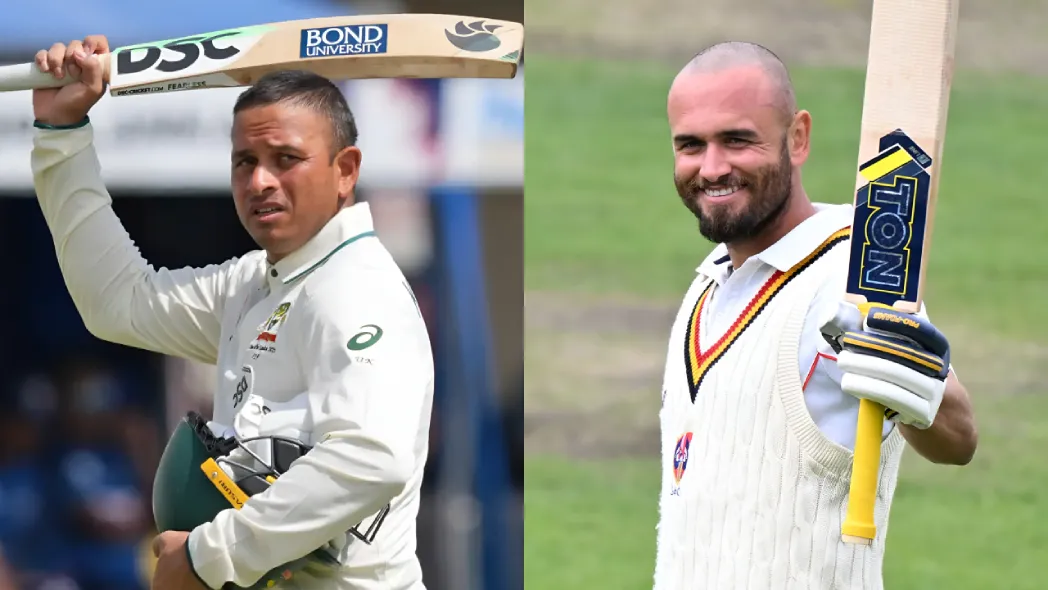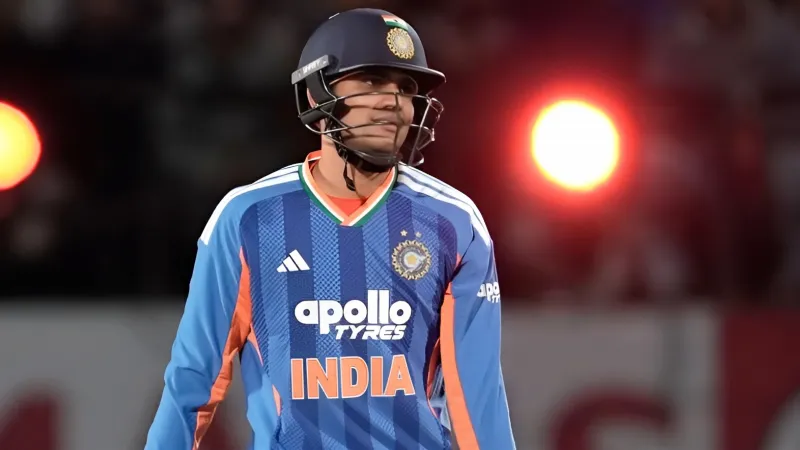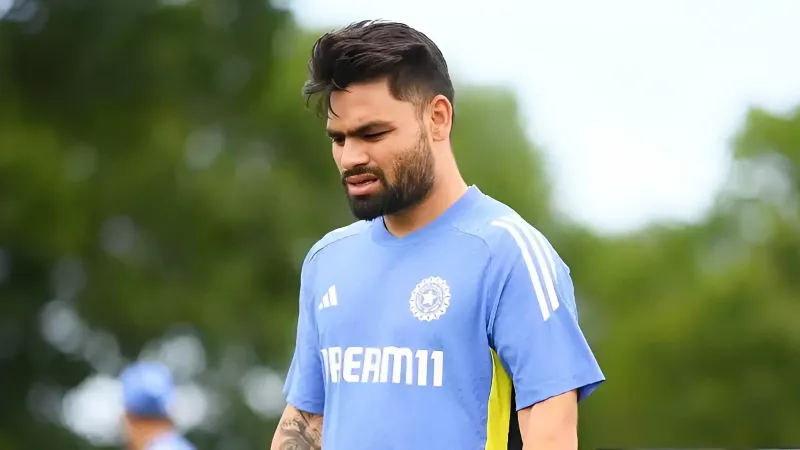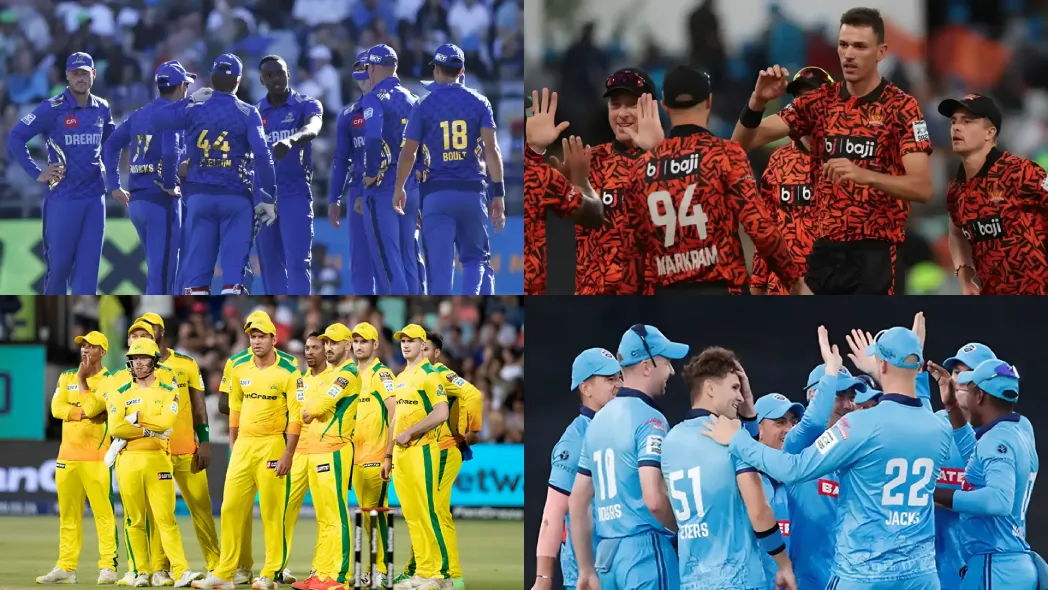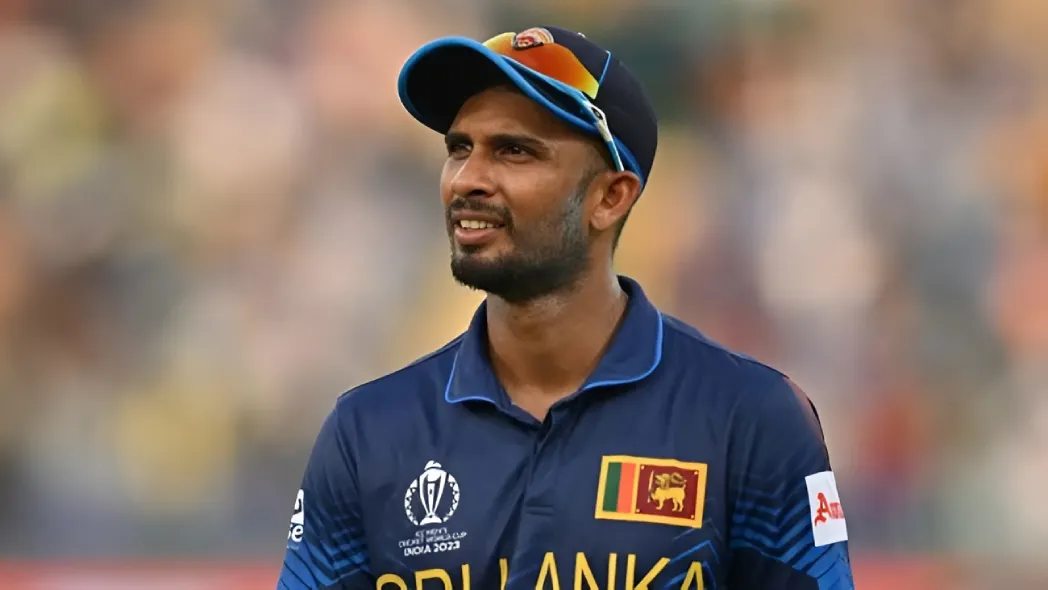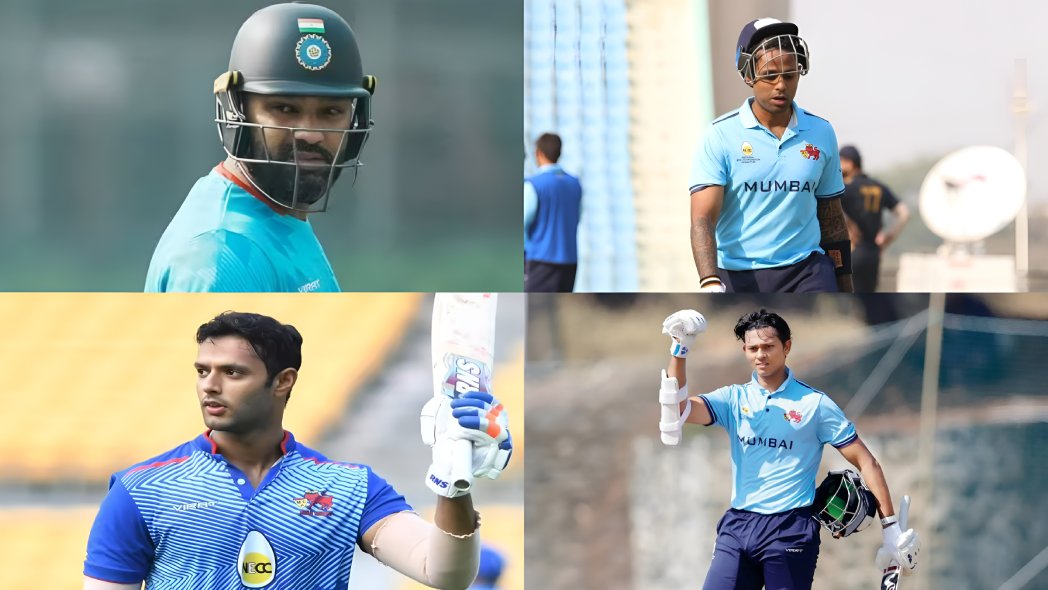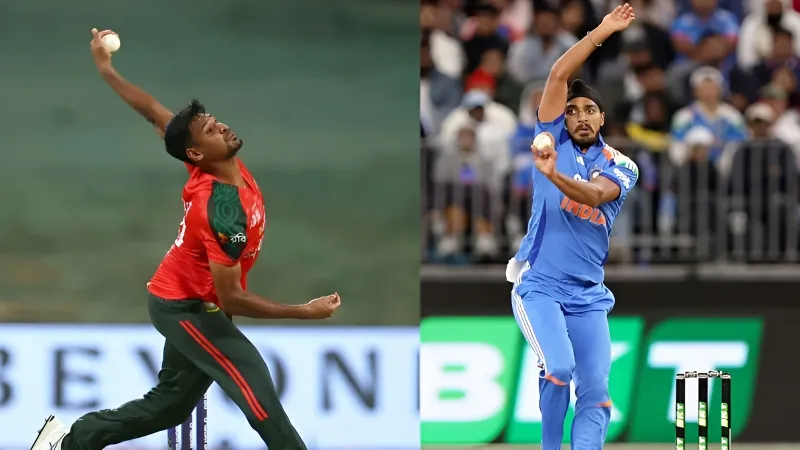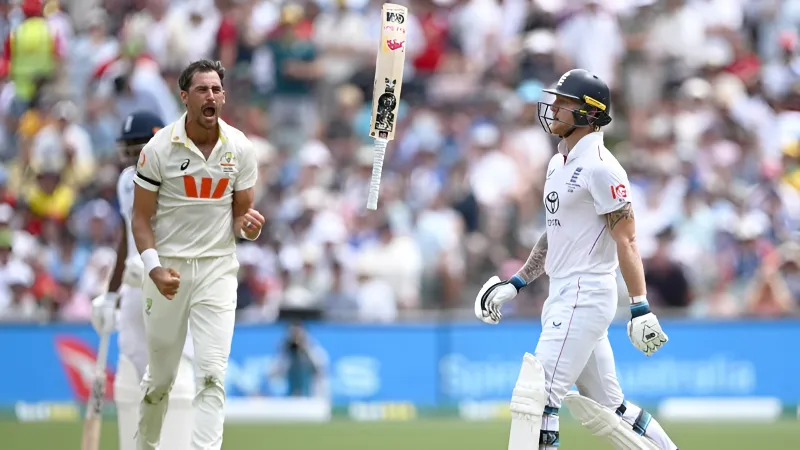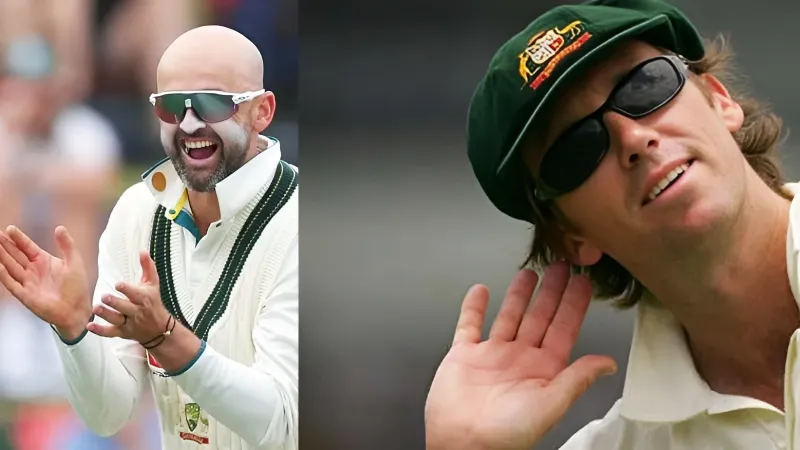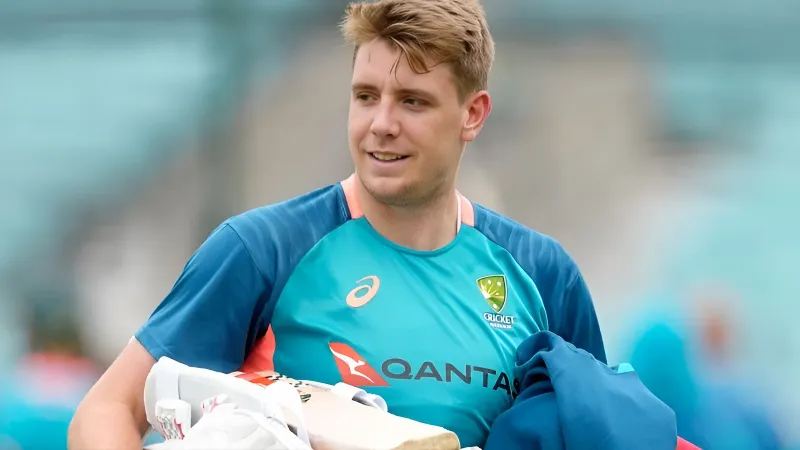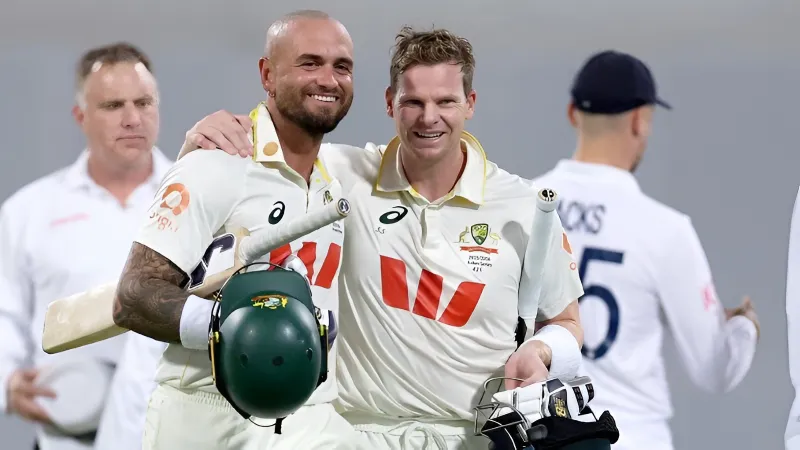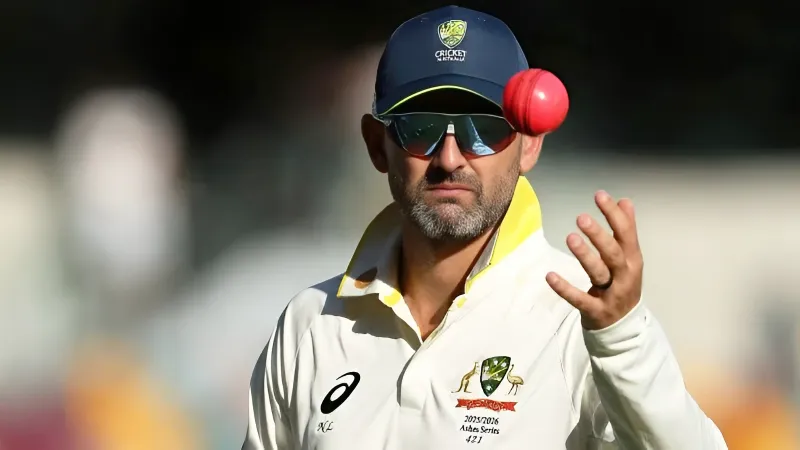Australian cricket has a funny habit of turning the simplest jobs into nationwide puzzles, none bigger than the Test opener hunt. Twelve months ago, they were so desperate for a partner to Usman Khawaja that they pushed Nathan McSweeney out of his natural No. 3 spot and marched him straight into a Jasprit Bumrah cyclone. Three Tests later, the experiment was abandoned. Enter Sam Konstas: young, fearless, dramatic, and eventually overwhelmed. And now? Déjà vu, but with a more grounded twist.
The Australians are once again in search of an opening batsman. But, unlike their previous recruit (Jake Weatherald), who can be a game-changer, this player is a solid one-day specialist batsman who performed at high levels throughout the entire 2018-19 domestic summer. The timing couldn’t have been better from the perspective of the top order either; Marnus Labuschagne is playing extremely well, Steve Smith is getting back to where he was before injury, and finally, the top order doesn’t appear to be a jigsaw puzzle with three missing pieces.
Green’s Workload Becomes a Selection Traffic Light
If Weatherald plays, Labuschagne stays at No. 3. Simple. But simplicity rarely survives a selection meeting involving Cameron Green. Selector George Bailey wants Green to bowl 15–20 overs for WA before the Ashes opener. If the all-rounder stands up physically, he unlocks the perfect combination: Green at No. 6, Labuschagne at 3, and the debut of a true opener. If he doesn’t? Suddenly, Beau Webster’s size, seam-ups, and batting versatility become irresistible. The opener’s fate resting on an all-rounder’s hamstring feels very Australian.
Weatherald’s Case Built on Runs, Not Romance
The biggest difference between this year and last? Australia isn’t manufacturing an opener; they’re picking one. Weatherald hasn’t just been solid; he’s been relentless. In a domestic circuit where new-ball spells are increasingly spicy, he’s been the calmest head, with technique and tempo that actually resemble old-school Test opening. After two years of experimental selections, Australia is rediscovering the value of picking well, an opener to open.
Labuschagne and Smith Reset the Tone
Last summer, Australia arrived to face India with a top order wobbling like a toddler on roller skates. Khawaja and Marsh were the only ones finding runs; Smith was searching; Labuschagne was scratching. Bumrah didn’t just expose weaknesses; he rearranged careers. Khawaja’s aura dimmed, Marsh was dropped, and panic crept in. Fast-forward to now, and it’s the exact opposite.
Smith flew in from New York and promptly peeled off a vintage Shield hundred. Labuschagne? Five centuries in eight innings across formats is arguably the best stretch of form in his career. When those two are humming, the rest of the batting order starts breathing easier, including whoever walks out at No. 1.
Optimism Returns Ahead of a Brutal Ashes Summer
The Ashes opener in Perth will bring fire: Mark Wood’s pace, Jofra Archer’s hostility, and an English attack that thrives on early breakthroughs. Yet Australia’s top order feels strangely calm. Khawaja has begun the Shield season smoothly. Weatherald is in form. The engine room of Smith and Labuschagne looks bulletproof. Even Pat Cummins’ absence, normally a front-page crisis, was reduced to a footnote. That’s how reassuring Weatherald’s selection has been for Australian fans and selectors alike. For the first time in two years, Australia look like they’re walking into a Test summer with a top order that makes sense.
Either way, this Ashes summer begins with more optimism than uncertainty, a rare place for Australian selection panels to inhabit. And with Smith and Labuschagne in peak rhythm, even England’s pace artillery won’t find this lineup as fragile as last November.
Key Takeaway
Australia may finally be replacing guesswork with genuine structure at the top of the order.
FAQs
1. Why is Jake Weatherald being considered now?
Because he’s been the most consistent domestic opener over the past year and fits Australia’s need for a true new-ball specialist.
2. What determines whether Weatherald will debut?
Cameron Green’s ability to bowl 15–20 overs for WA, his workload decides the balance of the XI.
3. How important are Labuschagne and Smith’s current forms?
Crucial. Their dominance stabilizes the middle order, reducing selection pressure on the openers.
Disclaimer: This blog post reflects the author’s personal insights and analysis. Readers are encouraged to consider the perspectives shared and draw their own conclusions.
Step into the world of cricket with JeetBuzz News—where expert opinions, trending Blogs, and behind-the-scenes insights meet all your favorite topics. Stay informed, stay entertained, and never miss the stories shaping the cricketing world—only on JeetBuzz News!

